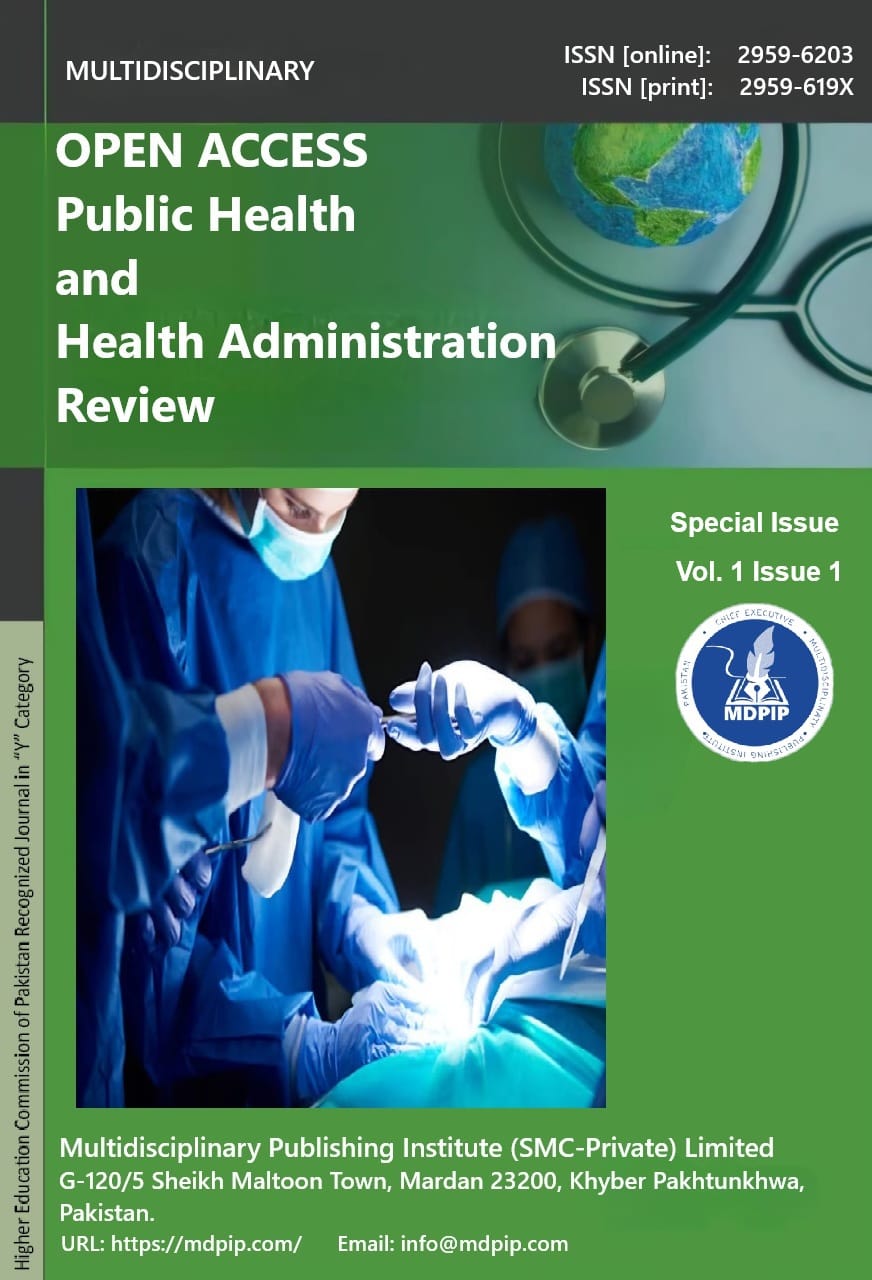Artificial Intelligence-Enhanced Molecular Detection and Genetic Characterization of Extended-Spectrum Beta-Lactamase Producing E. coli from Companion Animals in Animal Healthcare
DOI:
https://doi.org/10.59644/oaphhar.1(1).240Keywords:
Antimicrobial resistance (AMR), Extended-spectrum beta-lactamase (ESBL), Escherichia coli, Companion animals, Artificial intelligence, Machine learning, Whole-genome sequencing (WGS)Abstract
The escalating prevalence of antimicrobial resistance (AMR) in companion animals poses a critical One Health challenge with significant zoonotic implications. This review highlights the application of artificial intelligence (AI) in the molecular detection and genetic characterization of Extended-Spectrum Beta-Lactamase-producing Escherichia coli (ESBL-EC) from pets. Companion animals, especially dogs and cats, serve as reservoirs for multidrug-resistant (MDR) organisms, facilitating cross-species transmission. The global dominance of bla-CTX-M variants particularly bla-CTX-M-15, bla-CTX-M-1, and bla-CTX-M-14 and high-risk clones such as ST131, ST405, and ST73 underscores the zoonotic potential of ESBL-EC. Conventional diagnostic approaches are limited by high costs and slow turnaround times, whereas AI-enhanced methods offer rapid, precise, and automated alternatives. Machine learning (ML) and deep learning (DL) algorithms demonstrate superior accuracy up to 99.7% for droplet digital PCR (dPCR) image classification and over 95% for resistance gene prediction using whole-genome sequencing (WGS) data. AI-driven frameworks integrate genomic, clinical, and epidemiological data, enabling real-time prediction of resistance evolution and zoonotic transmission. The synthesis of studies (2020-2025) indicates regional variation in ESBL-EC prevalence (11.2-25%), dominated by bla-CTX-M-15 in Asia and bla-CTX-M-1 in Europe. Despite challenges in data quality, model interpretability, and laboratory implementation, AI-integrated molecular diagnostics promise to revolutionize antimicrobial surveillance, offering transformative potential for early detection and precision monitoring of AMR at the human animal interface.






